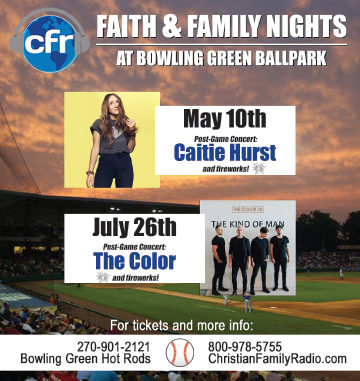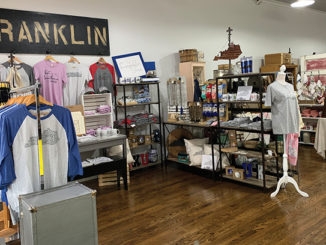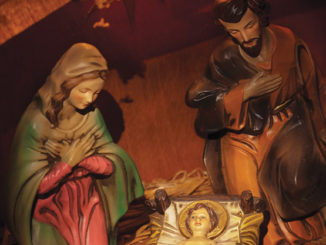
The Presbyterian Church of Bowling Green celebrated the 200th anniversary of its founding last month. The shouts of “Huzzah!” and “Hooray!” you may have heard emanating from the one thousand block of State Street downtown were the latter day Presbyterians cheering for themselves. Why not whoop and cheer for the Presbyterians?
In 1819, Bowling Green was a small village of muddy streets and uncertain prospects. There was a popular spring of cold water, deliciously filtered through the area’s limestone. There was a welcoming tavern, operated by two brothers. The Kentucky legislature had, with foresight, designated Bowling Green as the county seat of Warren County in 1796. This level of industry and commerce was enough for Calvinistic Presbyterians to take an interest in the place.
Many of the early settlers of Bowling Green came from Virginia and down the Cumberland Trace. Among these intrepid and forward-looking folks were people from Virginia’s Rockbridge County, many associated with the family of a young Presbyterian minister named Joseph B. Lapsley. These people constituted the first Presbyterian church in Bowling Green.
The tavern-owning brothers, George and Robert Moore, had contributed land for a public cemetery. Known as Pioneer Cemetery, it’s still there along College Street, between Fifth and Sixth Avenue. The first Presbyterian church was constructed here, in the cemetery. It was probably of log construction. There is persistent hearsay that the floor of the log church was made of brick and was very cold.
Anyone on the lookout for historic irony will reflect that, in the decade before Bowling Green Presbyterians were feeling chilled in their church in a cemetery, there had been a series of hot and lively revivals in nearby Logan County. Presbyterians, seeking to observe what they called Scottish sacrament seasons, held several revival encampments, notably at their Red River, Gasper River, and Muddy River congregations. It is likely that Bowling Green Presbyterians knew of these energetic and emotional camp meetings, but their local form of worship was probably not of the same romantic, revivalist style.
The fact that Presbyterians anticipated a future in a cemetery could be the basis for a few laughs. The adjective dour has sometimes been applied to churches of a Calvinistic heritage. Stern, serious, and unyielding (that is, dour) church goers might be expected to make their home in a place for the dead. Laugh, too, about whether (or not!) the Rev. Lapsley’s preaching moved people. It is, after all, difficult in a cemetery.
Christians all over the world celebrate the resurrection of Jesus at Easter. Suitably, the Presbyterians did not stay in the place of tombs but came out, Lazarus-style, and built the sanctuary now standing at the corner of Tenth Avenue and State Street in 1836. Timber from the earlier church was used in the new construction. This wood is charred. It is believed that the church in the cemetery may have burned. Humor is where you find it. Imagine dour Presbyterians hotfooting and high stepping it out of the graveyard to occupy the church in the new location. Imagine this movement as symbolic of resurrection-faith.
The Presbyterian Church has always taken its location seriously. It is a privilege to be in the center of downtown Bowling Green. The church takes great interest in the lives of people in the community. There is a sacred trust of being and belonging here.
The church has been a leader in offering welcome. The first welcome is for people to join in the congregation’s active worship. Worship includes a variety of music, strong prayers for individuals and for the world, and careful biblical preaching.
The church’s welcoming outreach includes inviting numerous community groups to use the church for their meetings. The large fellowship hall is an art gallery featuring a rotating display of the work of local artists. The Presbyterian Church has been active in the support of various housing ministries. During the winter, the same fellowship hall/art gallery is opened as a night shelter. There is a food pantry open Monday through Friday. The church works with other downtown churches to provide emergency financial assistance to people in need. The life of faith is a life of thanksgiving. The church gives thanks for God’s mercy by extending mercy to others.
What began in Bowling Green as a tinkling cold spring has become Fountain Square. What began with hopeful pioneers has become a community with great prospects. The brothers with the tavern were early merchants of goodwill. The generous welcome they issued continues today, and The Presbyterian Church still reaches out and stretches itself in care for Bowling Green.
– by Matthew Covington
About the Author: Matthew Covington is pastor of The Presbyterian Church, located at 1003 State St. For more information, call 270-843-4707 or visit bgpres.org.



